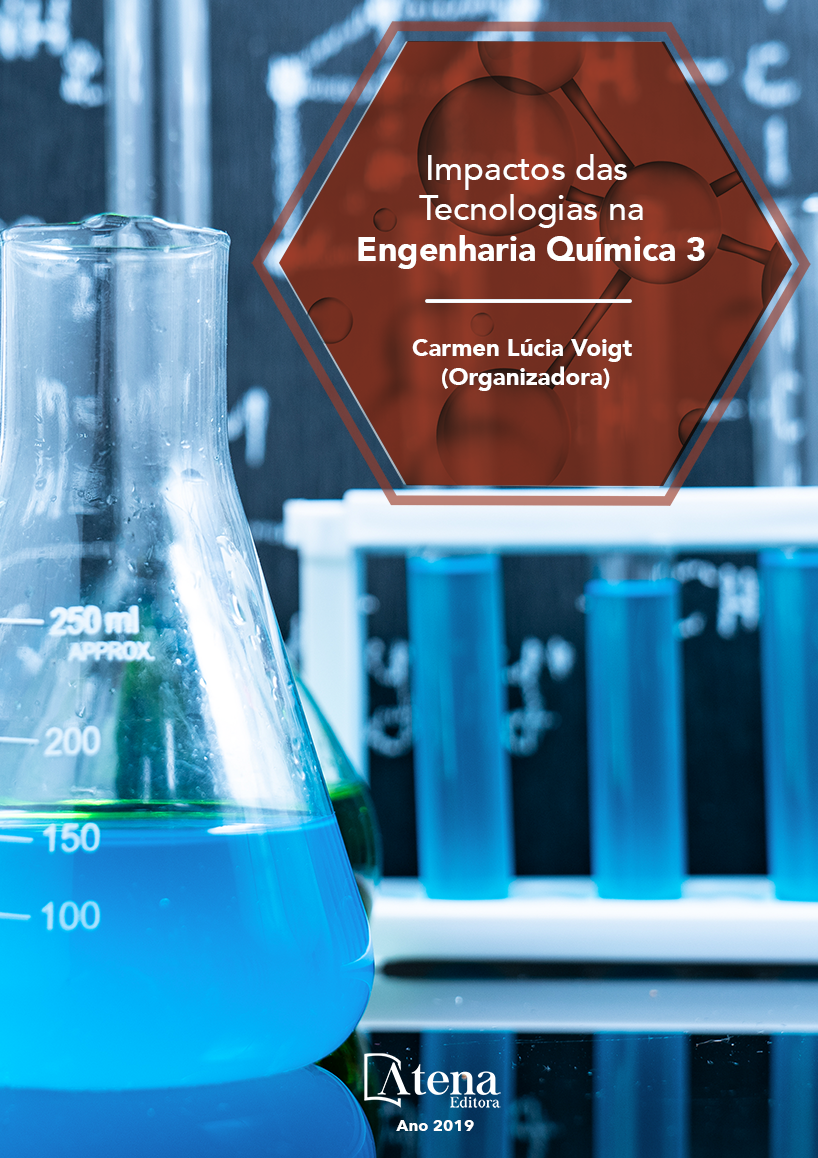
APPLICATION OF THE MARKOV CHAIN MONTE CARLO METHOD TO ESTIMATION OF PARAMETERS IN A MODEL OF ADSORPTION-ENHANCED REACTION PROCESS FOR MERCURY REMOVAL FROM NATURAL GAS
Atena
APPLICATION OF THE MARKOV CHAIN MONTE CARLO METHOD TO ESTIMATION OF PARAMETERS IN A MODEL OF ADSORPTION-ENHANCED REACTION PROCESS FOR MERCURY REMOVAL FROM NATURAL GAS
-
DOI: 10.22533/at.ed.31919010435
-
Palavras-chave: Atena
-
Keywords: Mercury removal, Natural gas, Markov Chain Monte Carlo Method.
-
Abstract:
A mathematical model proposed
in the literature for the adsorption of mercury
was solved numerically. This model involved the
diffusion in the adsorbent particle, followed by
a chemical reaction inside the solid matrix. The
model was obtained based on the differential
mass balance for the solute in a volume element
bed with an equation involving diffusion and
a first-order chemical reaction. For the direct
solution of the problem, the Method of Lines
(MOL) was applied to simplify the system of
Partial Differential Equations (PDEs) into a
system of time dependent Ordinary Differential
Equations (ODEs). For the estimation of
parameters, simulated measurements were
generated with a normal distribution, with the
direct solution as the mean and deviations of
10% regarding the maximum value of the exact
solution. The sensor is located at the exit of the
bed. Lastly, based on the sensitivity analysis,
two parameters were chosen and estimated
by the Markov Chain Monte Carlo (MCMC)
method regarding the Gaussian distribution as
a prior distribution to unknown parameters. In
the estimation, the mean equal to the reference
value with a standard deviation of 10% of the
reference values. The results showed that the
method was able to reproduce the reference
values with relative errors of less than 3% for
both the parameters.
-
Número de páginas: 15
- Diego Cardoso Estumano
- Mariana de Mattos Vieira Mello Souza
- Emanuel Negrão Macêdo
- Josiel Lobato Ferreira


